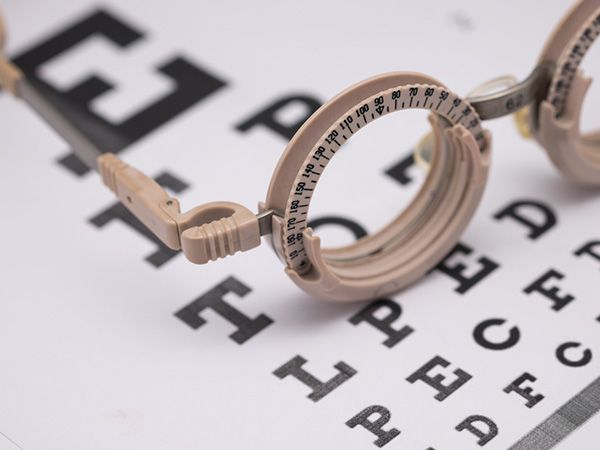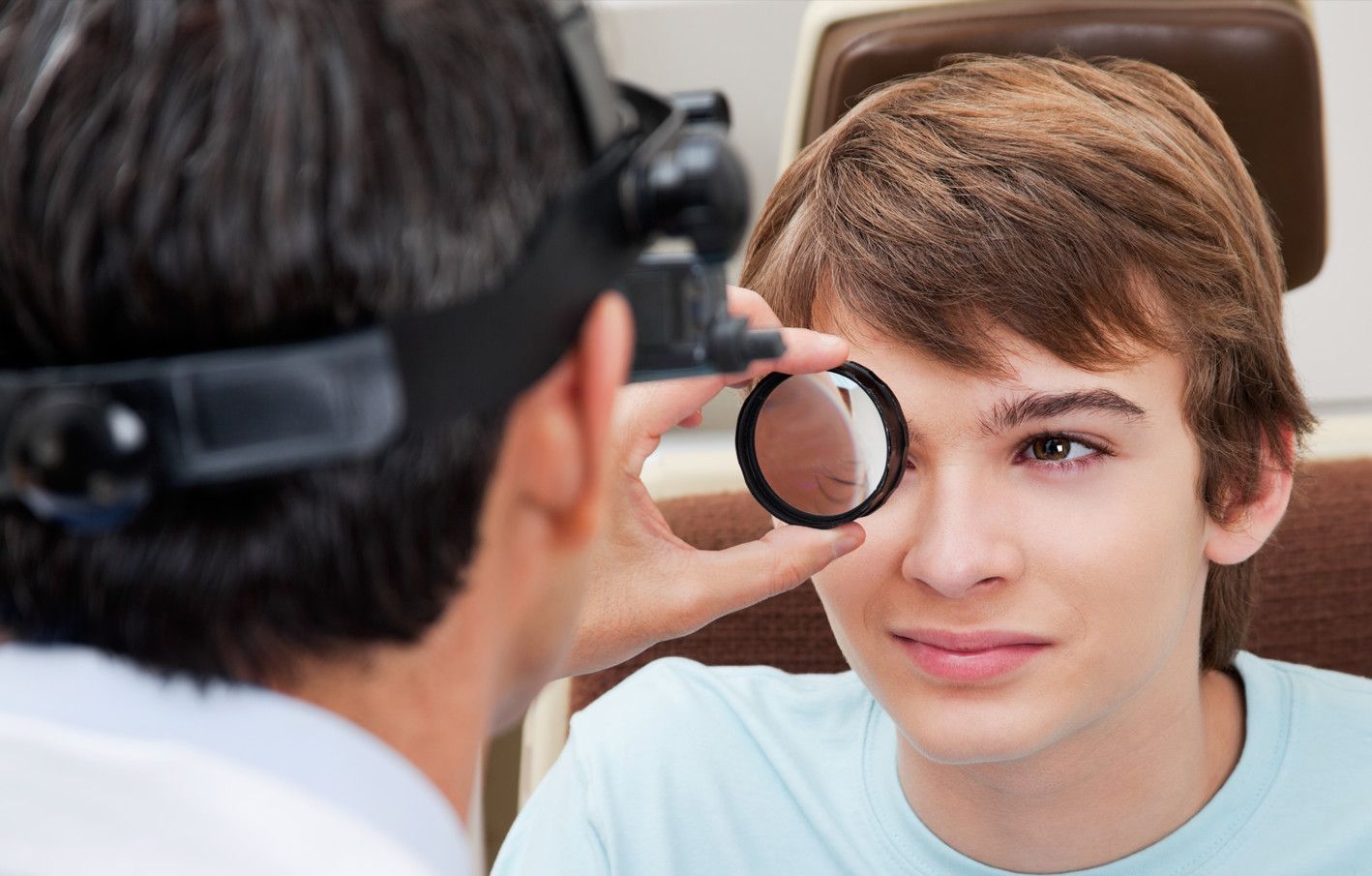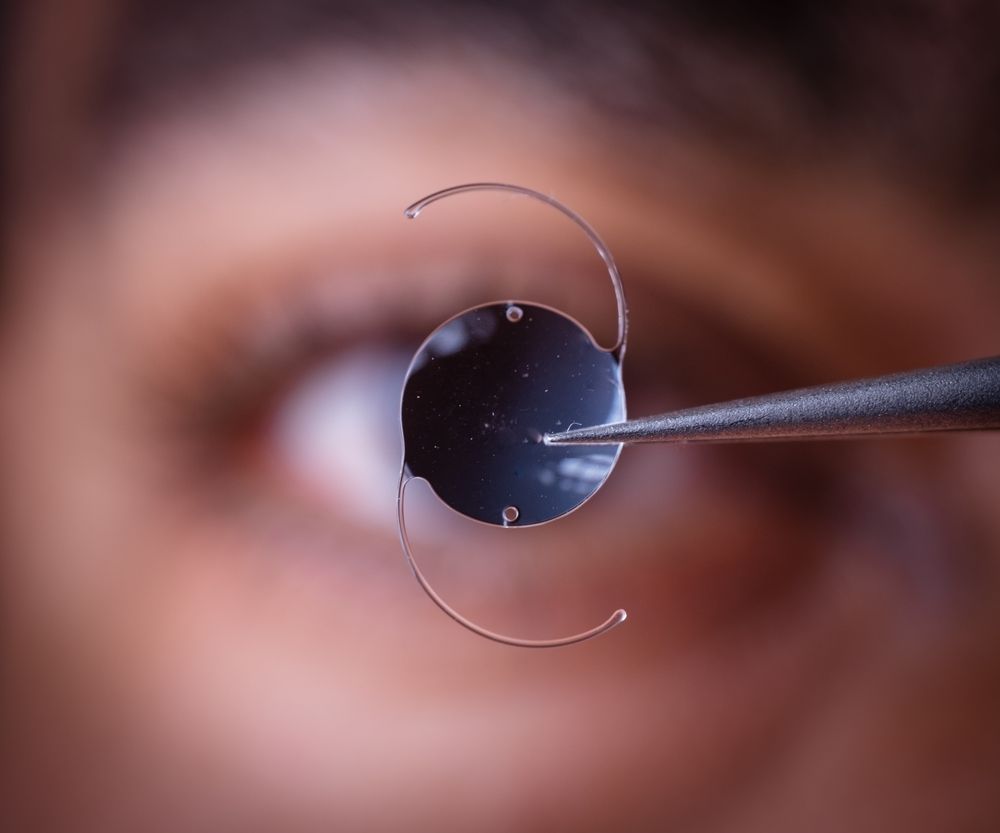
Cataracts are a common condition that affects millions of people worldwide. This condition occurs when the lens of the eye becomes cloudy, leading to blurred vision and a decrease in visual acuity. As we grow older, the proteins in the lens of our eye can start to clump together, forming cloudy areas. This cloudiness gradually increases over time, affecting the clarity of our vision. Other factors that can contribute to cataract development include prolonged exposure to ultraviolet (UV) radiation, smoking, certain medications, and medical conditions such as diabetes.

Maintaining an up-to-date prescription for glasses is vital for your visual and overall health. Regular eye exams are the key to ensuring your prescription matches your current vision correction needs. Recognizing the signs and symptoms that it's time to update your prescription can also help you maintain clear, comfortable vision.

Sport-specific glasses have been gaining popularity over the years, among professionals and hobbyists alike. The reason is simple: they offer a unique combination of functionality and style that you can't find in regular eyewear.
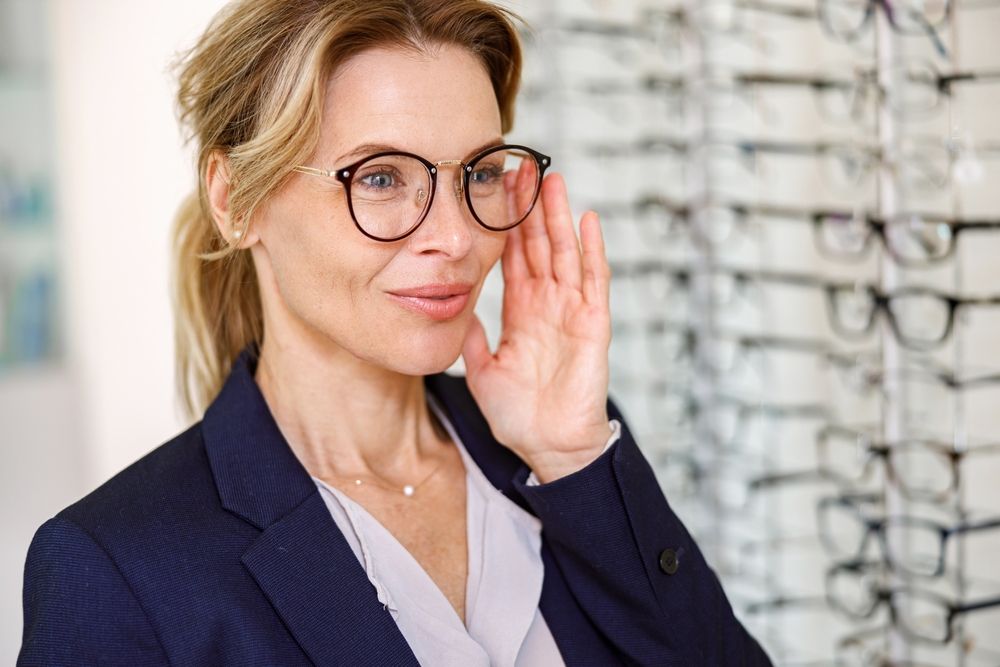
As someone who has worn glasses for many years, I've learned the importance of investing in a high-quality pair. Not only can they greatly impact your vision and overall eye health, but they also play a significant role in your everyday comfort and personal style.
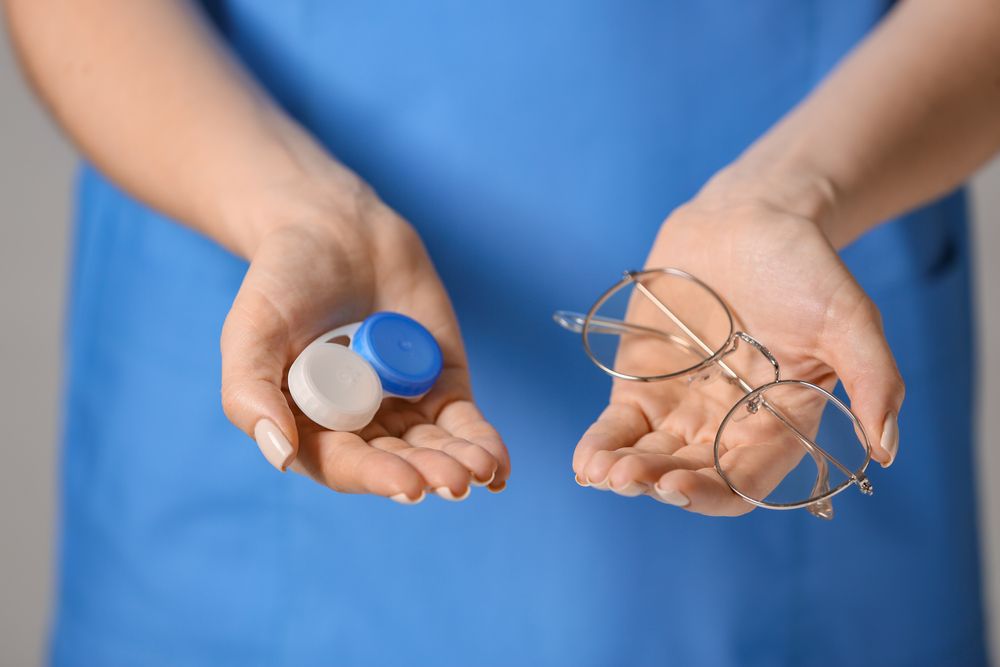
Do you need corrective eyewear to improve your vision? If so, you may be curious whether eyeglasses or contacts are better.
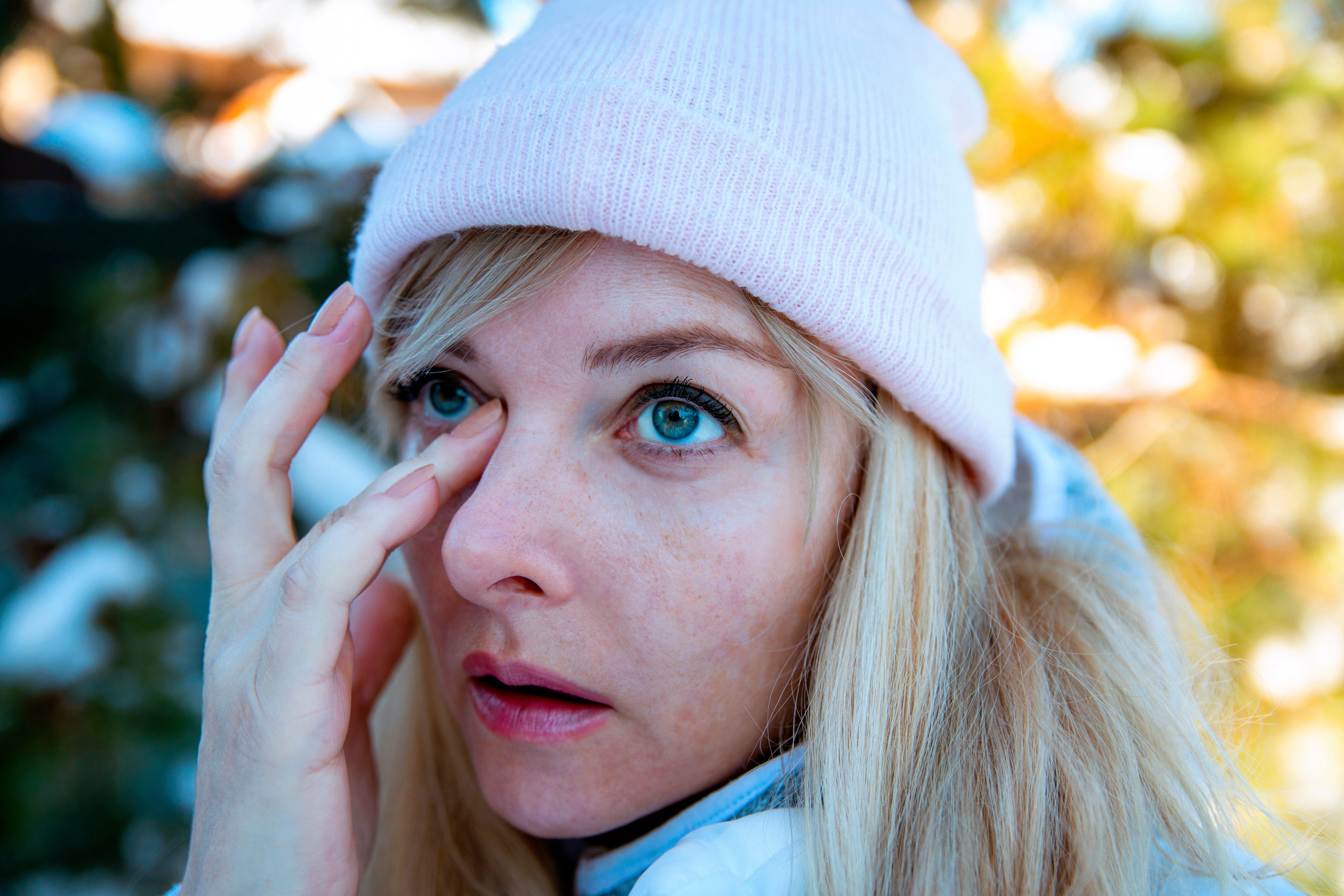
Dry eye syndrome is when the eyes fail to produce adequate tears to provide the required lubrication. Most people experience mild symptoms such as irritation or light sensitivity, but the symptoms can be severe for others.
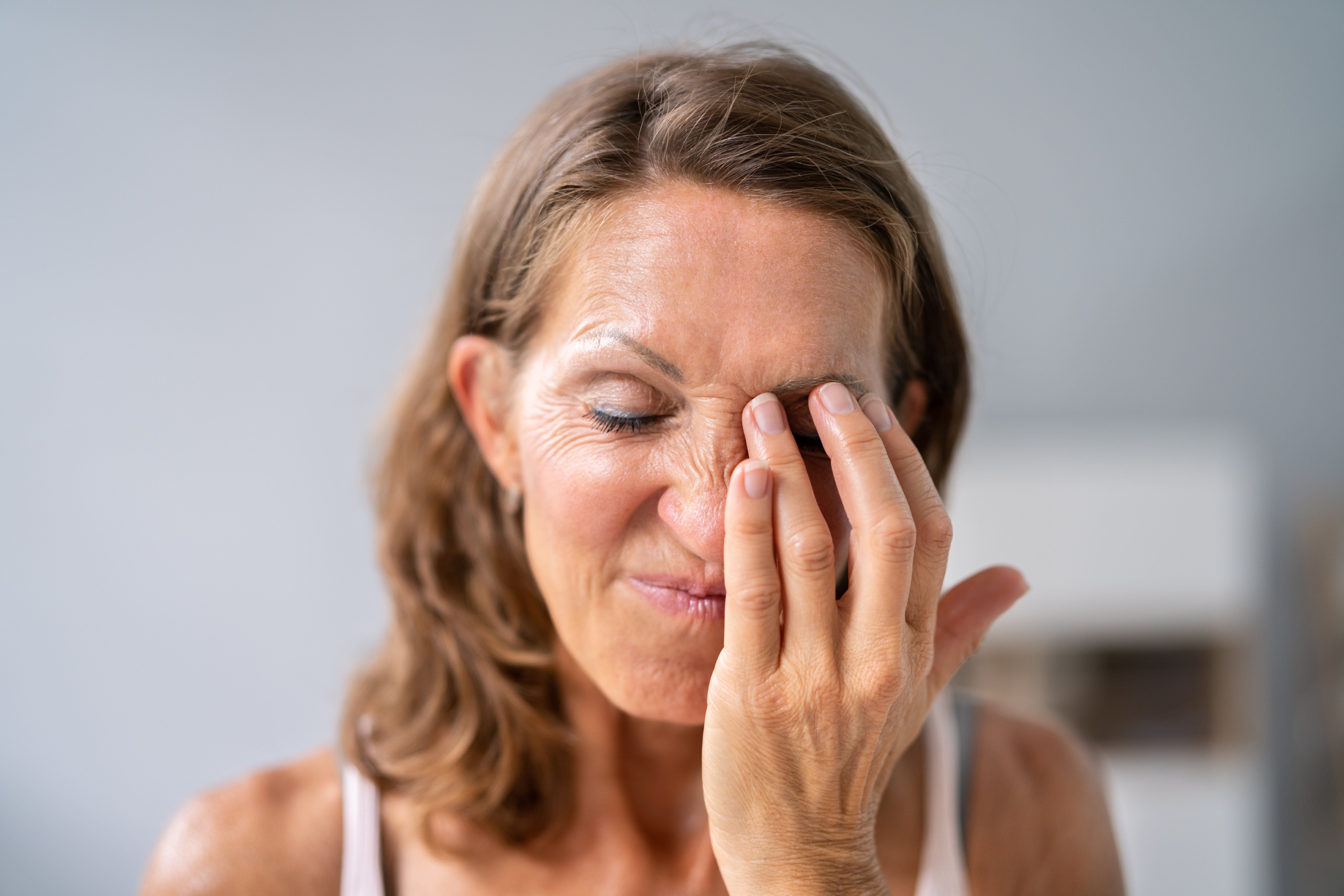
It’s estimated that around three million people in the United States currently have glaucoma, with the vast majority being over 40. However, this number is expected to increase over the next decade, with predictions suggesting that over 111 million people globally will suffer from glaucoma by 2040.
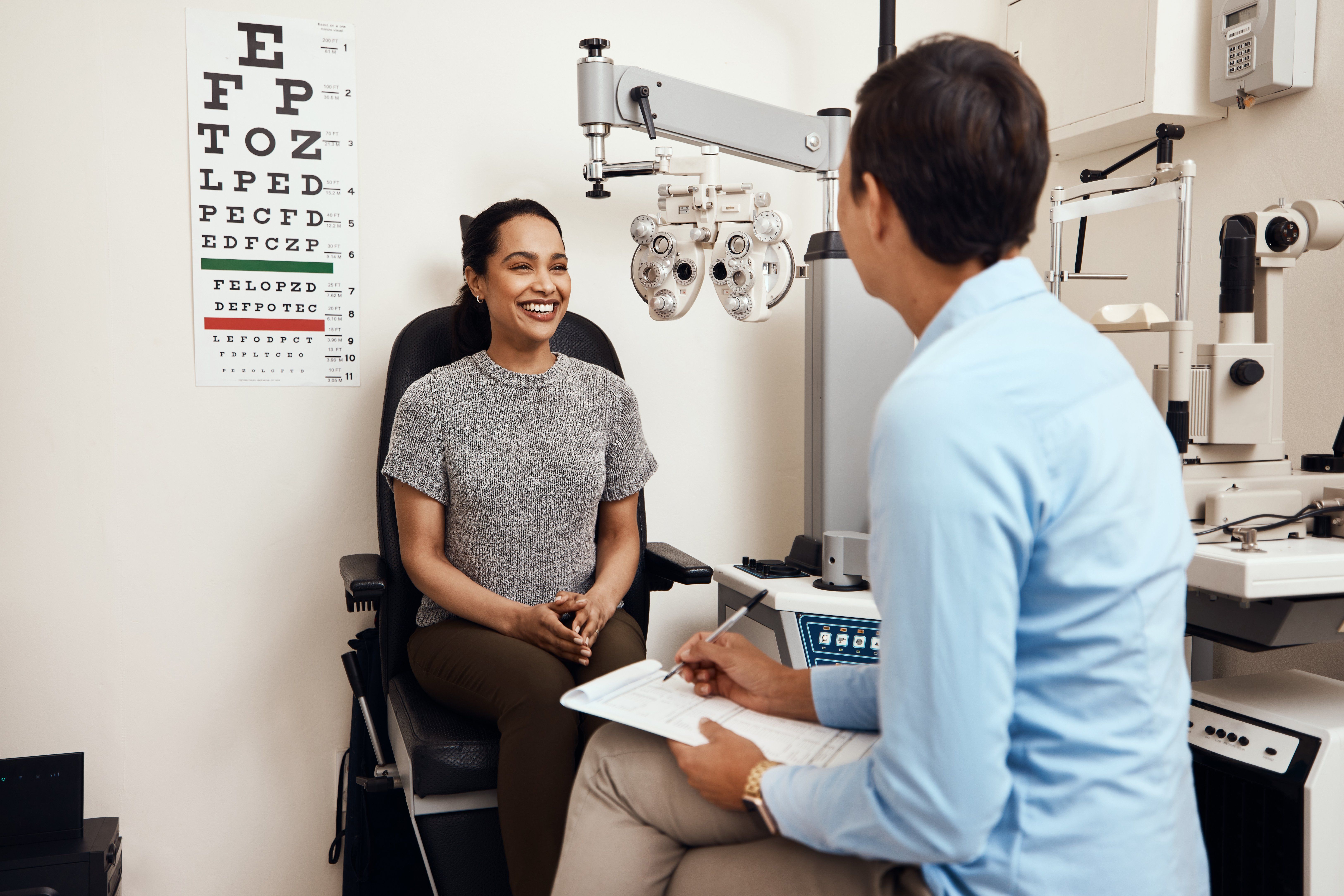
When did you last go for an eye exam? For most people who have great vision, the answer to this is never. Eye exams are a form of preventive care the same way going to a dentist once a year is. They are a great way to ensure that your vision stays in good shape.
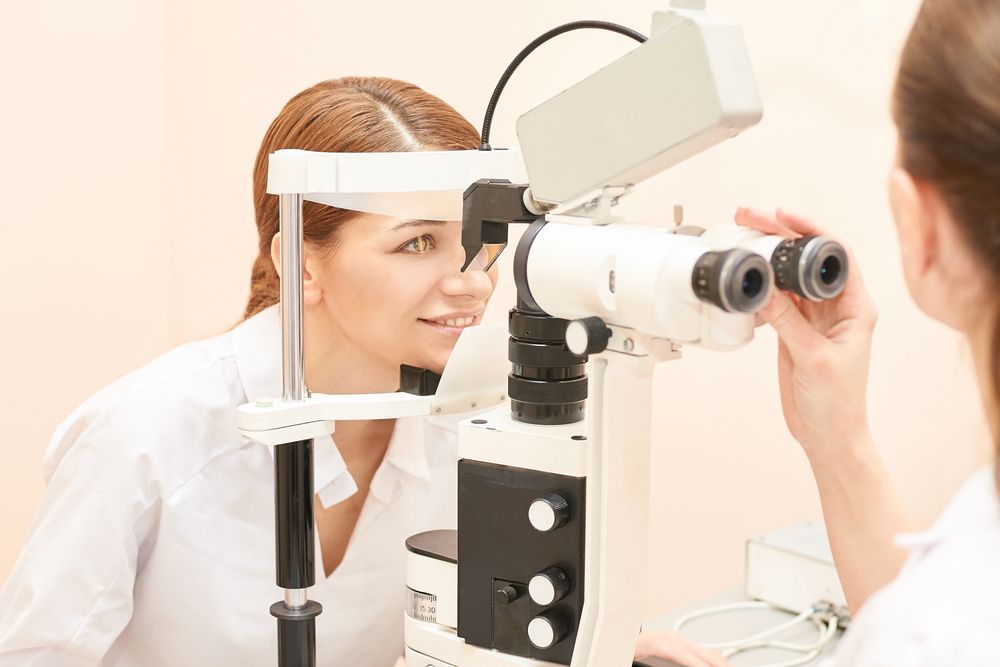
Contact lenses can be a great alternative to prescription glasses. Most people with vision problems do not wear contacts as their primary means of vision correction. Some patients can wear them on special occasions, while others can have them daily. Thus, contact lenses offer flexibility.
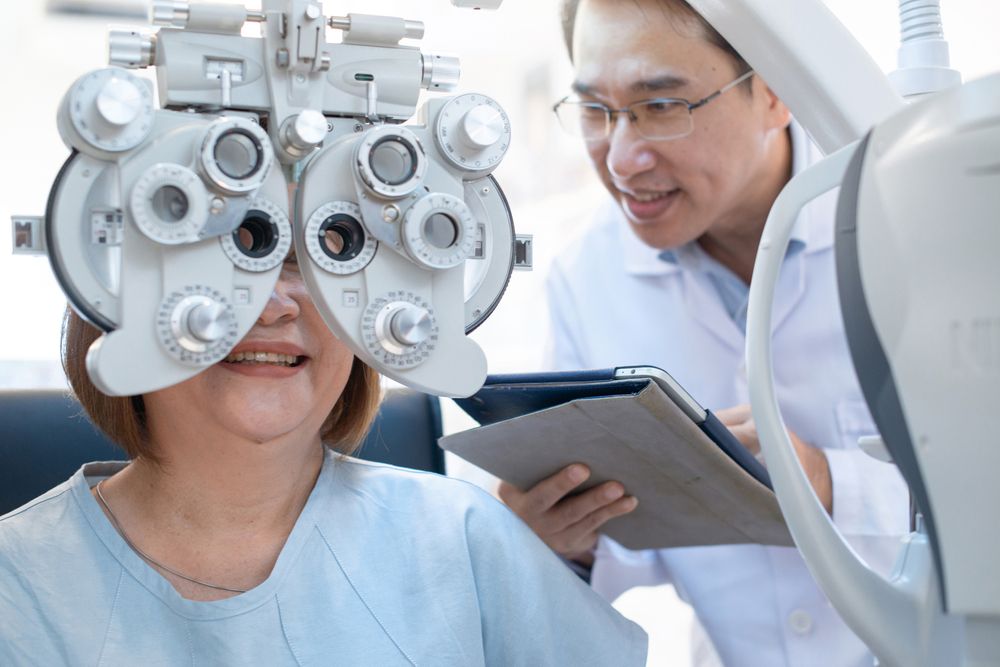
Cataracts are quite common in older adults. Typically, cataracts start developing when people are in their late 40s or 50s. However, people may take some time to start experiencing vision changes.




